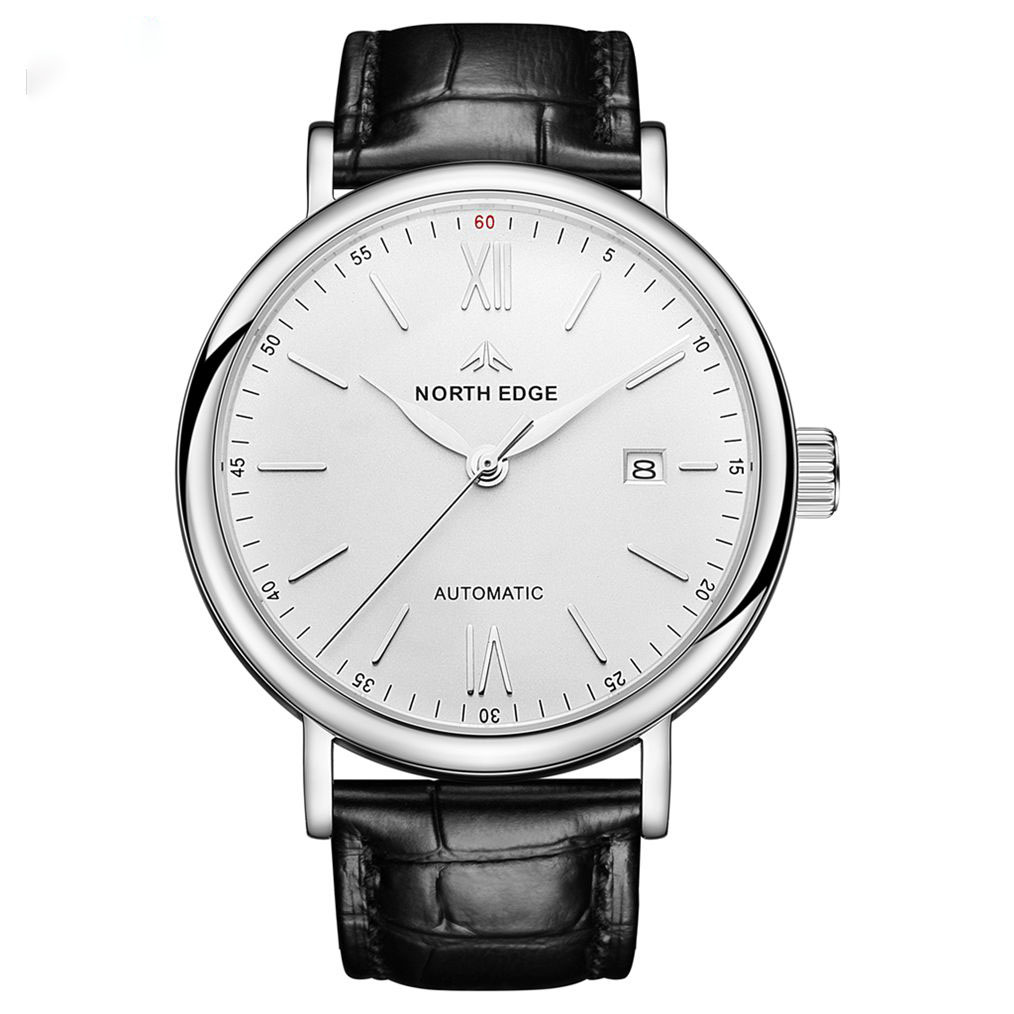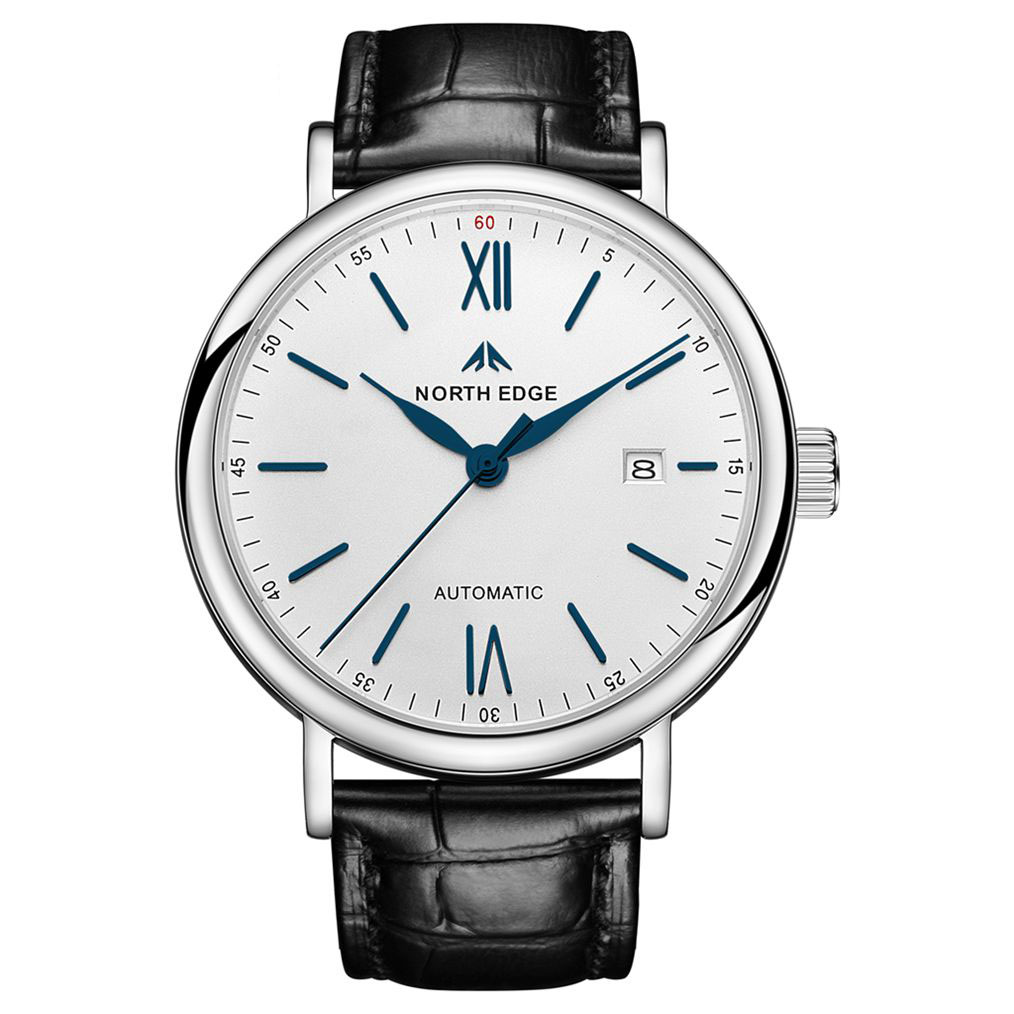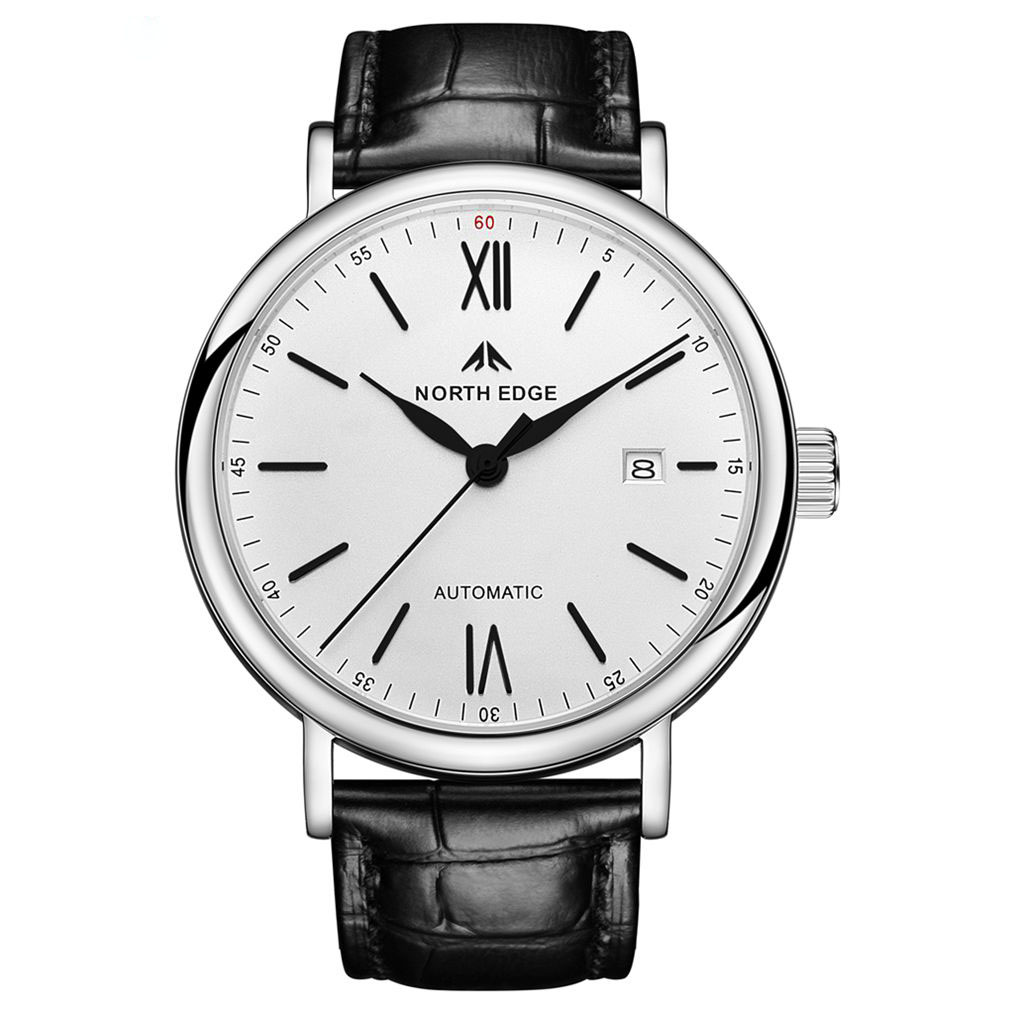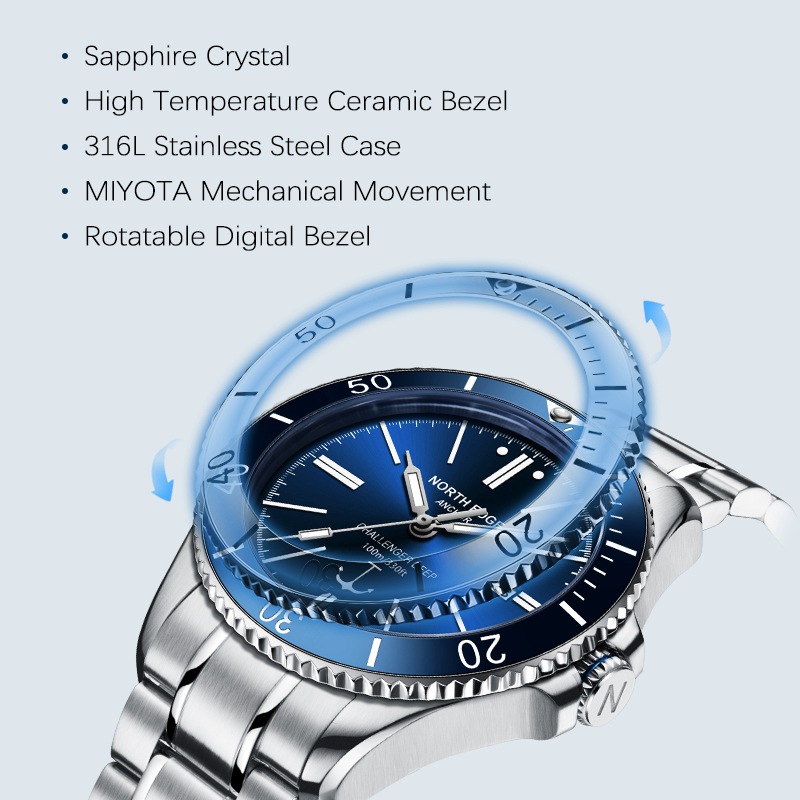Diving into the Depths of North Edge GAVIA: A Deep Dive into its Structure
Ahoy, watch enthusiasts and underwater adventurers! Today, we're embarking on a deep-sea expedition into the intricate world of diver's watches. As a seasoned watchmaker with a penchant for unraveling the mysteries of timepieces, I recently had the pleasure of dismantling one of these aquatic marvels -- North Edge Gavia. Join me as we navigate through the depths of their structure, uncovering the hidden mechanisms that make them tick.
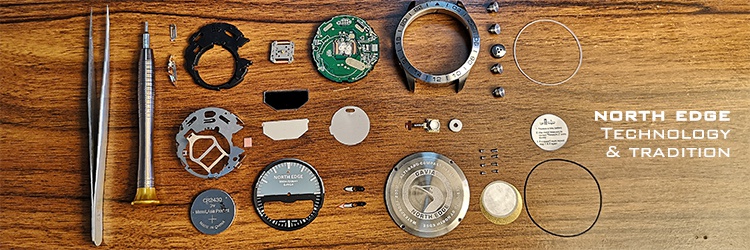
First things first, let's talk about what sets diver's watches apart from their land-loving counterparts. These rugged timekeepers are built to withstand the unforgiving pressures of the deep blue, making them a favorite companion for professional divers and desk-bound dreamers alike. But what exactly goes into making them so seaworthy?
At the heart of every diver's watch lies its beating heart: the movement. Like the captain of a ship, the movement orchestrates the intricate dance of gears and springs that keep time ticking away. In the case of diver's watches, robust automatic movements reign supreme, powered by the wearer's own motion or the occasional manual winding for those times spent on dry land.
But what truly sets diver's watches apart is their formidable fortress against water intrusion. Picture this: a sturdy case crafted from corrosion-resistant materials like stainless steel or titanium, sealed tight with multiple layers of gaskets and seals. Gavia is fitted with a stainless steel bezel and strap. It's like wrapping your precious timepiece in a waterproof fortress, ready to fend off even the most determined drops of H2O.
Of course, no diver's watch would be complete without its luminous markings and hands, ensuring that time remains visible even in the murky depths. Thanks to a generous coating of luminescent material, Gavia light up like a constellation in the night sky, guiding you through the darkness with ease.
So next time you strap on your Gavia, take a moment to appreciate the engineering marvel that lies beneath the surface. And remember, time waits for no one, especially not underwater.







